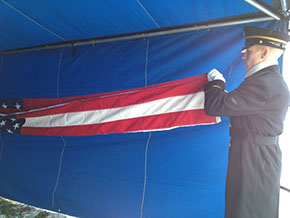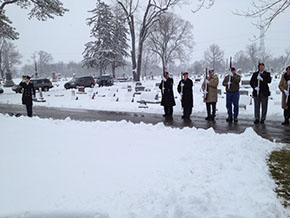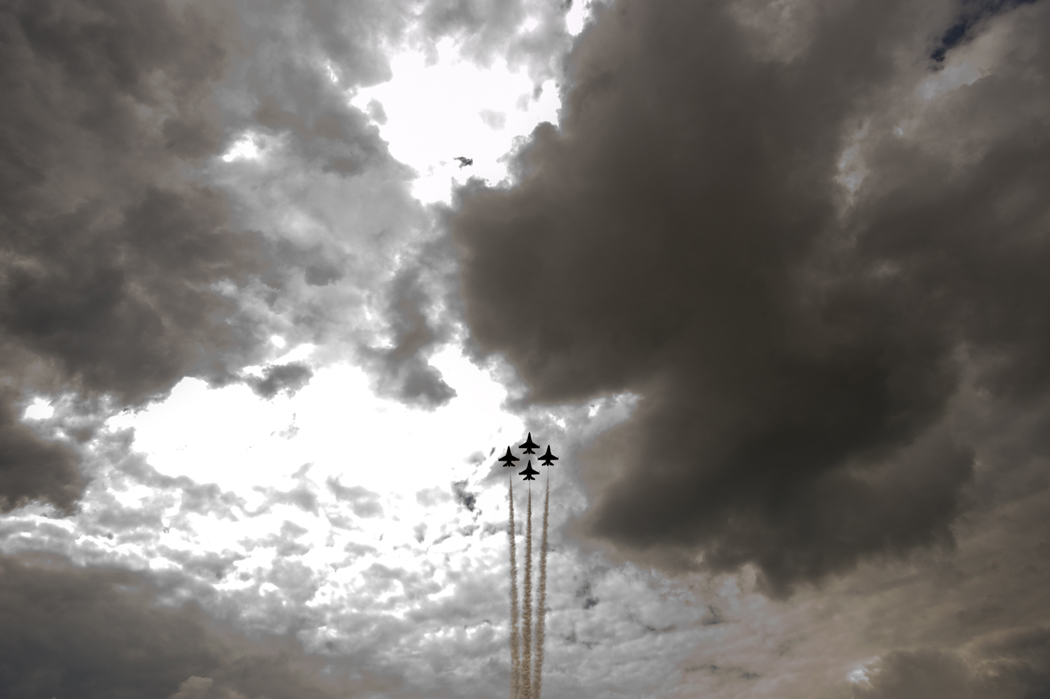
FLYING HISTORY
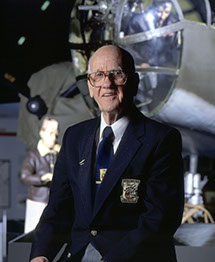
Let us now praise famous men . . . ECCLESIASTICUS 44:1
According to statistics released by the Veteran’s Administration, our World War II vets are dying at a rate of just over 600 a day. In the last month that is about 18,000 men and women whose lives touched all of our lives. My parents are both veterans on what Dad calls, “The last big war”. I am proud to be able to say that my mother wore army boots.
From that 18,000 there are a couple of men whose passing demands a note or two; a few written words or a soft playing of “Taps” on an old bugle. Jack Reames and Tom Griffin.
I had the honor and pleasure of making their portraits for the Aviation Century project and also got to know them, and those experiences enhanced my life.
Tom Griffin, Major USAAF
In March of 1942 this country was at war. It effected everyone's life. A total war being fought East and West of our shores. The Japanese attack on Pearl Harbor was still fresh, the wreckage still on the bottom of the harbor. Along the Atlantic coast German U-boats were sinking American ships, sending them to the bottom in flames, often visible from the shore.
Tom Griffin, along with other volunteers, was training with Col. Jimmy Doolittle in Florida to bomb Japan. Just four months after Pearl Harbor; when no one thought it was possible to answer the attack, they were learning to fly ground-based bombers, meant to use a runway, from the deck of a US Navy aircraft carrier. Their target was Tokyo. Jimmy Doolittle, already a legendary airman, was leading the charge.
Sixteen B-25s would take off. Tom, the navigator of the ninth, was perfecting the techniques of over water navigation and the art of fuel management, essential on a mission of such long range. The force would take off on a carrier at sea, attack targets in Japan and then fly hundreds of miles to China. There was no room for error.
The mission was a huge effort, and while the point of the spear was the eighty men who flew the 16 bombers, the US Navy sent a task force of sixteen ships that carried 10,000 sailors to get them there.
On April 18, 1942, approaching Japan, the task force was spotted by a Japanese fishing boat. They had to take off hundreds of miles earlier than planned, but they successfully dropped their bombs, sending a message that the USA was a force to be reckoned with.
One B-25 flew to Russia; the others toward China. All the bombers were lost as their fuel ran out, some along the coast. Tom Griffins's B-25 flew 300 miles inland before the crew bailed out. Tom always noted with modesty that "a surprising tailwind" had saved them.
The Doolittle Raiders passed into legend immediately. Most escaped, some where captured, and some executed. Tom and all of the other Raiders got home and were given a few weeks leave and were sent back to war. Thirteen would be killed in action before the war ended. Of the sixteen ships of the task force, seven were sunk before July, 1943.
Tom Griffin was sent to Europe. In that year he was on his twenty-third mission. His B-26 was shot down, and he bailed out again and this time was taken prisoner. He was a POW in a German camp for nearly two years before the war ended. Griffin had said that the Germans planned to execute all of its POWs on April 30, 1945, the day the Allies liberated the camp. He told me that the “sun had never shone so bright as it did that day”.
Tom came home and went about having the great American life. He lived in Cincinnati with his wife Esther, raised two sons, opened an accounting business and lived quietly in Green Township. Never accepting the role of hero, he always said, "I was just doing my job."
Tom planned on living to be 100 years old. A few months ago, he said he might have to eat his words.
Jack Reames, 82nd Airborne,
508th Parachute Infantry Regiment, 551st Parachute Infantry Battalion and a veteran of the battles in Western Europe . . . D-Day in Normandy, Market Garden in Holland and the Battle of the Bulge.
There is a great book about the 82nd Airborne called “Those Devils in Baggy Pants”. "The title taken from the following entry found in the diary of a German officer killed in action;
"American parachutists...devils in baggy pants...are less than 100 meters from my outpost line. I can't sleep at night; they pop up from nowhere and we never know when or how they will strike next. Seems like the black-hearted devils are everywhere...” The baggy pants, the uniform of the paratroopers, tucked into the high tops of the jump boots they wore, a badge of honor among the airborne divisions.
Jack recounted to me the beginning of his war, “I was 19 years old and went out the door of the C-47 at around 3:17am June 6, 1944”. The paraoopers were dropped all over the area around the French town of St. Mere E’glise and Jack was no exception. He landed near the town and made his way towards the square around the church. He began his war in a garage along an alley alone and in the dark.
The actions of the airborne divisions are well recorded. Jack became a seasoned veteran trooper in a short time and survived the war, wounded in the Battle of the Bulge.
He too came home, married Helen and proceeded to have the great American life. He opened a business with his son and my friend Bart; his grandkids went to school with my kids and we got to know each other as we have a common interests, American and aviation history. The wonderful occurrence being that Jack lived and made some of the history that I am trying to illustrate. He had a quick smile, a glint in his eyes and always a good word.
I asked him what he thought of the film, “Saving Private Ryan” which shows the grittiness and the grimness of the paratroopers experiences scattered all over Normandy. He looked me straight in the eye and said, “all that was missing from that movie was what it smelled like”.
I am glad my kids got to know Jack, just as I am glad that they have learned from their own grandparents what being a part of that National effort was about.
So some evening in the next few days raise a glass and celebrate the lives of Tom Griffin and Jack Reames.
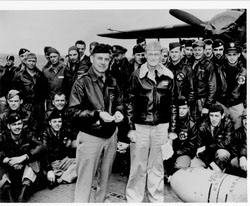
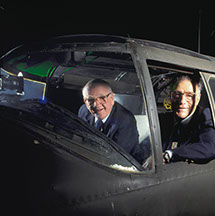
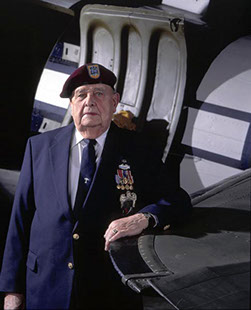
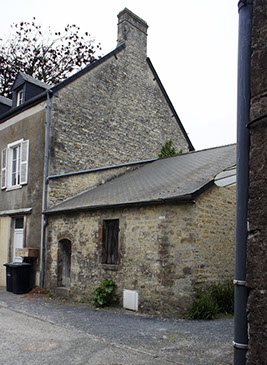

Jimmy Doolittle and Admiral Marc Mitscher on board the USS Hornet enroute to Japan. Behind the Admirals left shoulder, Tom Griffin
Jimmy Doolittle takes off for Tokyo.
Tom Griffin (left) and Travis Hoover in the cockpit of the B-25 at the National Museum of the USAF.
Tom Griffin
The garage in Normandy where Jack Reames went to war, 6 June, 1944
Jack Reames
